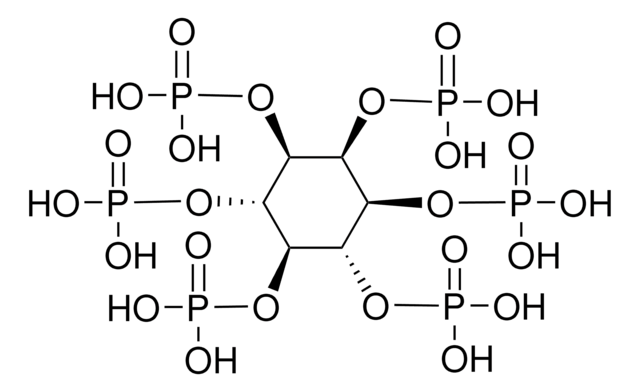About This Item
Kosher
Recommended Products
biological source
synthetic
Quality Level
grade
Halal
Kosher
reg. compliance
FDA 21 CFR 117
autoignition temp.
980 °F
mp
218 °C (lit.)
application(s)
flavors and fragrances
documentation
see Safety & Documentation for available documents
food allergen
no known allergens
organoleptic
medicinal; woody
SMILES string
Oc1cc(cc(O)c1O)C(=O)Oc2cc(cc(O)c2O)C(=O)OC[C@H]3O[C@@H](OC(=O)c4cc(O)c(O)c(OC(=O)c5cc(O)c(O)c(O)c5)c4)[C@H](OC(=O)c6cc(O)c(O)c(OC(=O)c7cc(O)c(O)c(O)c7)c6)[C@@H](OC(=O)c8cc(O)c(O)c(OC(=O)c9cc(O)c(O)c(O)c9)c8)[C@@H]3OC(=O)c%10cc(O)c(O)c(OC(=O)c%11cc(O)c(O)c(O)c%11)c%10
InChI
1S/C76H52O46/c77-32-1-22(2-33(78)53(32)92)67(103)113-47-16-27(11-42(87)58(47)97)66(102)112-21-52-63(119-72(108)28-12-43(88)59(98)48(17-28)114-68(104)23-3-34(79)54(93)35(80)4-23)64(120-73(109)29-13-44(89)60(99)49(18-29)115-69(105)24-5-36(81)55(94)37(82)6-24)65(121-74(110)30-14-45(90)61(100)50(19-30)116-70(106)25-7-38(83)56(95)39(84)8-25)76(118-52)122-75(111)31-15-46(91)62(101)51(20-31)117-71(107)26-9-40(85)57(96)41(86)10-26/h1-20,52,63-65,76-101H,21H2/t52-,63-,64+,65-,76+/m1/s1
InChI key
LRBQNJMCXXYXIU-PPKXGCFTSA-N
Looking for similar products? Visit Product Comparison Guide
Related Categories
Application
- Insight into the Morphology-Dependent Catalytic Performance of CuO/CeO(2) Produced by Tannic Acid for Efficient Hydrogenation of 4-Nitrophenol.: Examines the catalytic performance of CuO/CeO2 nanoparticles synthesized using tannic acid, focusing on their efficiency in hydrogenating 4-nitrophenol (Ye et al., 2021).
- Proteomic analysis deciphers the multi-targeting antivirulence activity of tannic acid in modulating the expression of MrpA, FlhD, UreR, HpmA and Nrp system in Proteus mirabilis.: This research deciphers how tannic acid modulates the expression of several virulence factors in Proteus mirabilis through proteomic analysis (Durgadevi et al., 2020).
Disclaimer
Storage Class
11 - Combustible Solids
wgk_germany
WGK 2
flash_point_f
390.2 °F
flash_point_c
199 °C
ppe
Eyeshields, Gloves, type N95 (US)
Choose from one of the most recent versions:
Already Own This Product?
Find documentation for the products that you have recently purchased in the Document Library.
Customers Also Viewed
Our team of scientists has experience in all areas of research including Life Science, Material Science, Chemical Synthesis, Chromatography, Analytical and many others.
Contact Technical Service







